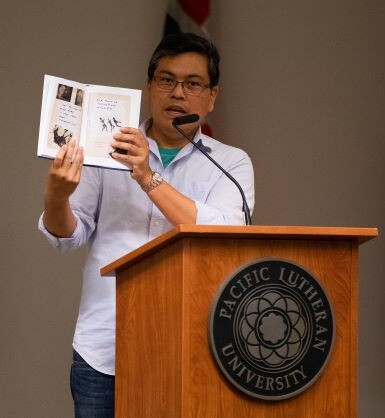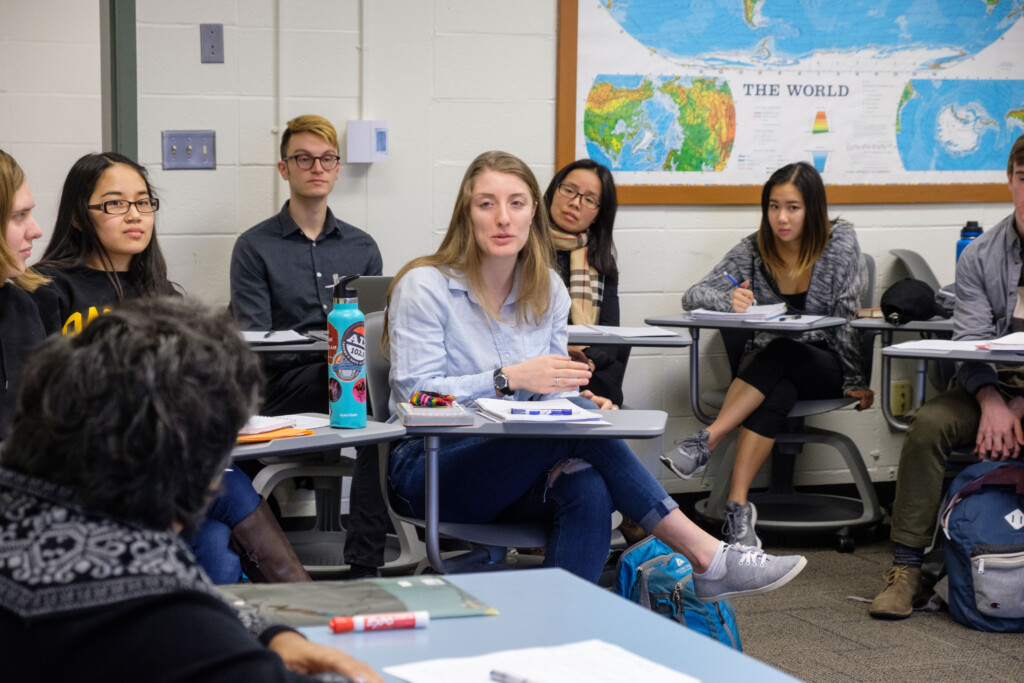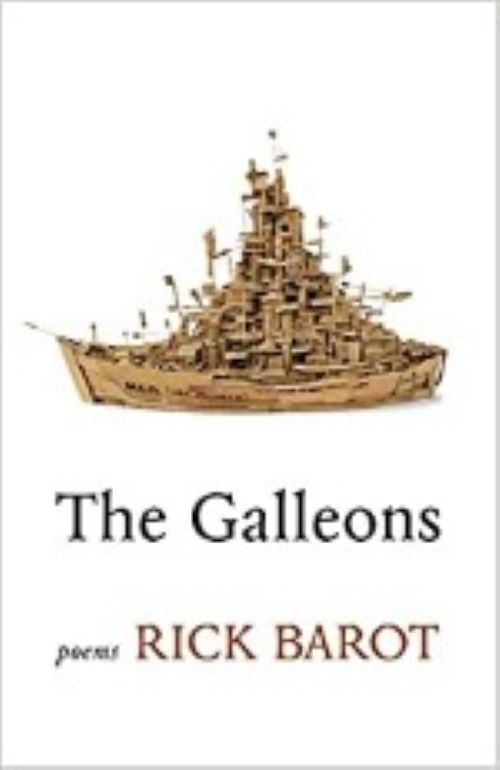The Two Desks
By Rick Barot
Originally Published in 2014
When I was a graduate student at the University of Iowa, the classicist and writer Anne Carson came to campus to give a reading and a colloquium. During the colloquium, she was asked how she navigated among the wild variety of scholarly and creative projects that she was engaged in, and she answered that one of the ways she kept things organized was by having two desks— one desk for her creative work, another for her scholarship and teaching. Even then I knew, of course, that the scholarly and the creative were false categories. A poem was as much the result of a poet’s deep critical study of poetry as it was the result of inspiration. In the same way, the best scholarship that I read at the time— Richard Poirier on Robert Frost, Helen Vendler on Wallace Stevens, and Carson herself on Paul Celan—had a dazzling creativity of insight that made scholarly writing as artful as the works being explicated. But Carson’s image of the two desks was useful in a number of ways. First, the notion of two desks gave me a kind of permission to revel in having two strong identities in the first place, without having to strictly adhere to one or the other. And second, pointing out the boundary between the creative and the scholarly made me see that shuttling back and forth between the two was energizing to the work that was done at both desks. To be divided was not a loss, but a boon.

In the teaching that I do, particularly in creative writing classes, the notion of the two desks is a central element of my pedagogy. For many, the idea of a poetry-writing class probably draws on a caricature of people having a therapy session in a vaguely bohemian atmosphere, complete with candles and patchouli. This is an image of creativity as self-indulgence, dependent on the idea that poetry —not to say all of art— is only ever about a poet’s feelings. But anyone who has ever taken a poetry-writing course knows that the making of a work of art may begin with the artist’s feelings, but to be any good it has to be brought into the realm of craft. In the poetry-writing classes I teach, I like to imagine the members of the class wearing lab coats —which is to say that the analytical work involved when we discuss each other’s poems is vital to a thorough understanding of how those poems work. As William Carlos Williams pointed out, a poem is a machine made out of words. In the classroom, then, the poem can be discussed the way machines are discussed, with reference to the technical features that make the machine what it is. To speak of poems in this way, however, requires a scholar’s commitment to studying the genre’s history, its masters, as well as its formal and thematic dynamics. In my poetry-writing courses, it turns out that reading and studying poetry end up taking more time than the actual writing of poems. Perhaps without quite knowing it, each student is building a writing practice that has two desks in it.
Still, as emphatic as I am about the importance of craft in the writing of poems, I also know that art, in addition to the technical effort involved, also involves a kind of alchemy. The best poems seem made of a magic that no discussion of craft ever quite captures. Regardless of the vigorous, almost- scientific discussions we have about craft, the numinous is the context in which those discussions happen. It’s then that I have to remind my students that even though our primary definition of craft may have to do with technique and making, another definition of craft is cunning. A poet is a maker, but he or she is also a kind of trickster.




